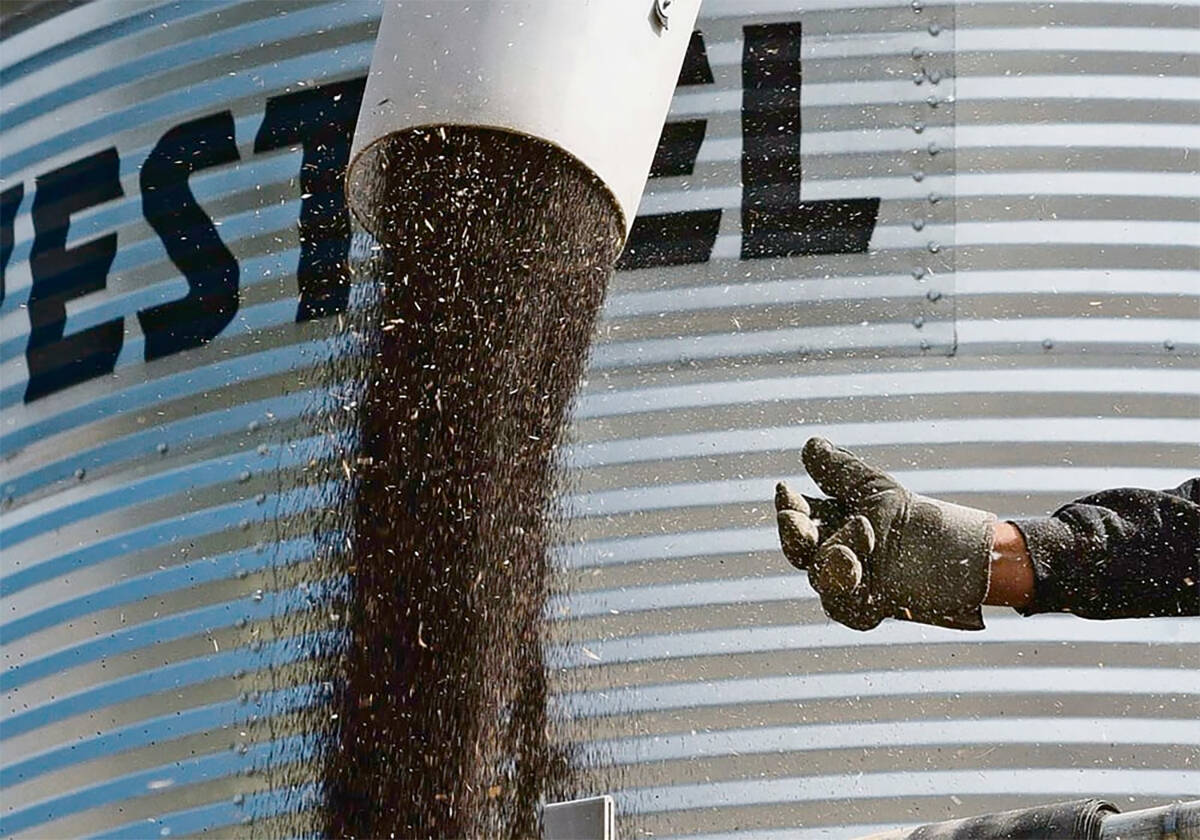It could still snow this winter, but current conditions suggest spring runoff in southern Saskatchewan will be below normal.
Last year at this time, municipalities and residents were dealing with more snow than usual and preparing for runoff that suggested widespread flooding.
The Saskatchewan Watershed Authority released its first forecast for 2012 last week, and it is a different story.
“Last year we knew by the snow pack” that runoff was going to be an issue, said Dale Hjertaas, the authority’s executive director of policy and communications.
Read Also

Farmers urged to be grain-safe this fall
Working around grain bins comes with risk, from farmers falling to drowning in grain: Experts have five tips to help avoid grain-related accidents this harvest.
“This year, we have snow pack that ranges from light to nil.”
Only the northeastern part of the province has near normal snow pack conditions. A swath through the centre, from Meadow Lake southeast to Yorkton and back to Coronach, has below normal snow pack.
An area from Lloydminster and the Battlefords to Outlook and south to Assiniboia has well below normal snow pack and very dry conditions.
Hjertaas said the forecast is based on soil moisture at freeze-up and existing snow pack until the end of January. However, it assumes normal temperature and snowfall for the rest of the winter.
Fall moisture conditions were average in the east and below average in the west.
In the southeast, where it was extremely wet last year, the watershed authority is forecasting average runoff. This includes areas around Lampman and Lang.
“If it melted today, there would be not much runoff,” Hjertaas said. “We are assuming average conditions for the rest of the winter. It won’t take a lot of snow to get (waterways) running again.”
The Quill Lakes also fall into this category because there are no outlets from the lakes and they were at record high levels last year.
Reservoirs on the Souris River system, which saw the most intense flooding last year, mainly because of rain, are still high.
Boundary reservoir was at its full supply level on Feb. 1 and is expected to remain full. Any excess inflow will be diverted to Rafferty, which is below its full supply level.
The authority said it will not draw down Rafferty or Alameda reservoirs any further before spring runoff. Both reservoirs are expected to rise about one-third of a metre this spring.
Hjertaas said Last Mountain Lake and the Qu’Appelle lakes systems are still high, although a lot lower than forecasters thought they might be if snow had fallen.
The next forecast is expected in about three weeks, followed by another in April.















